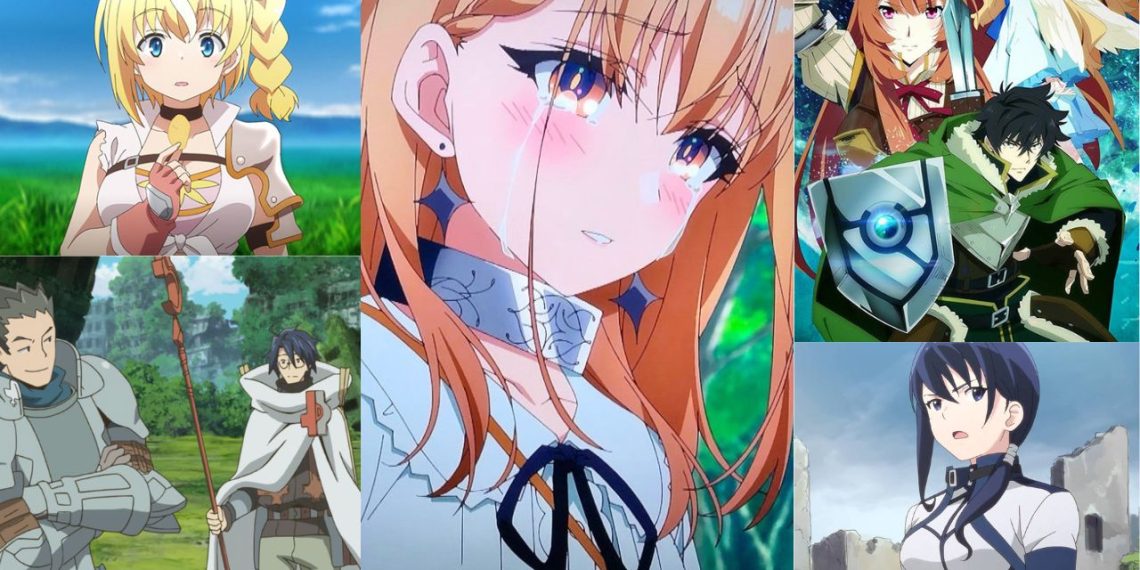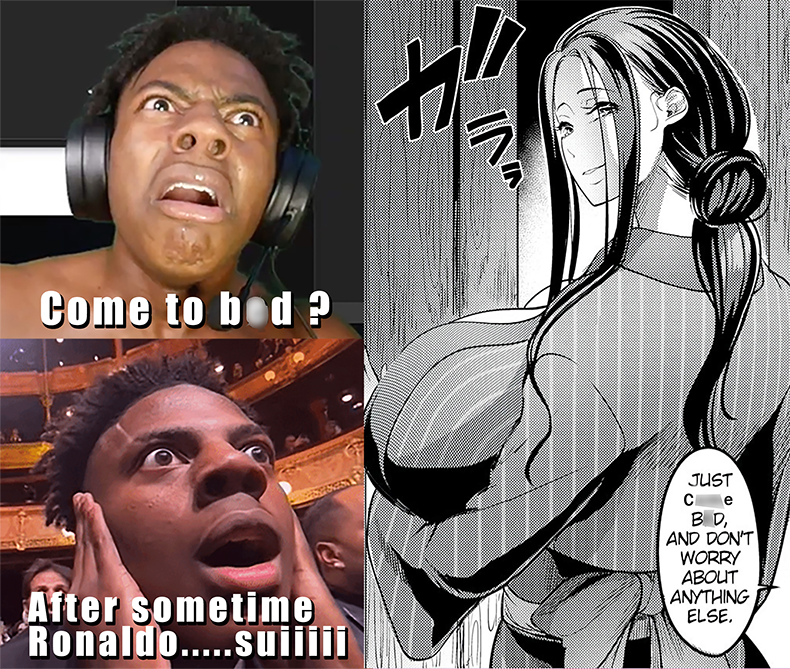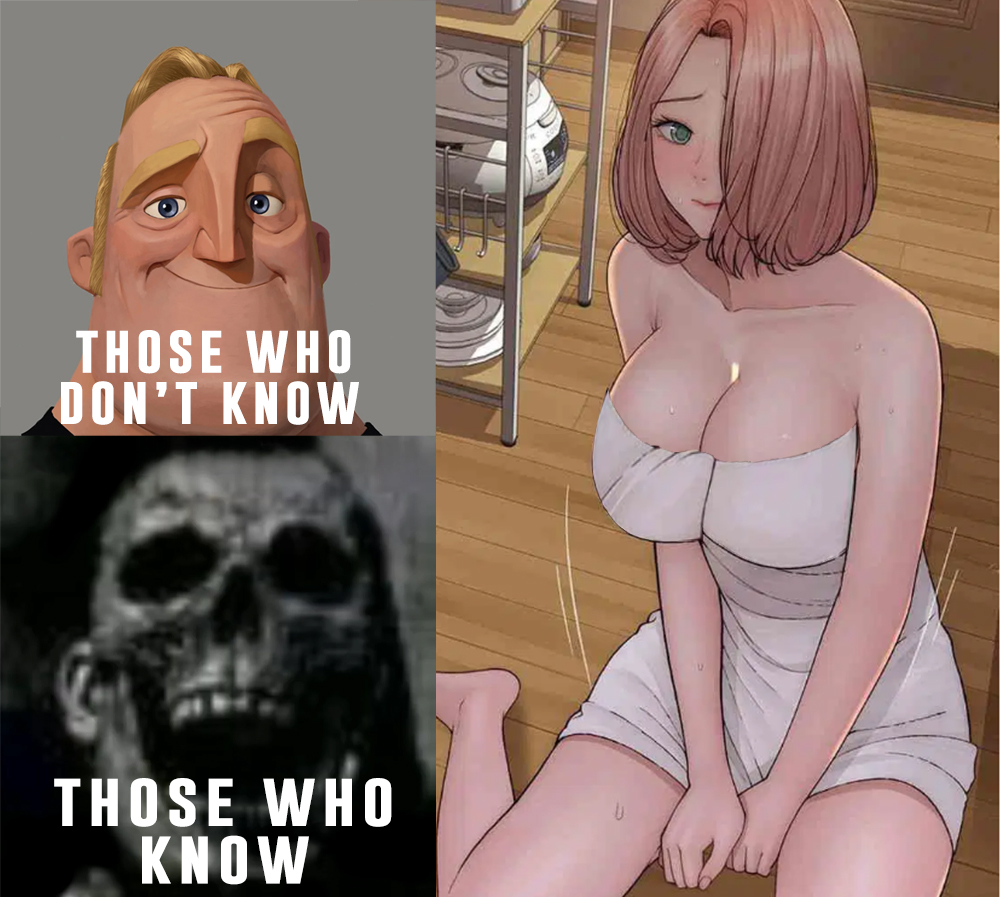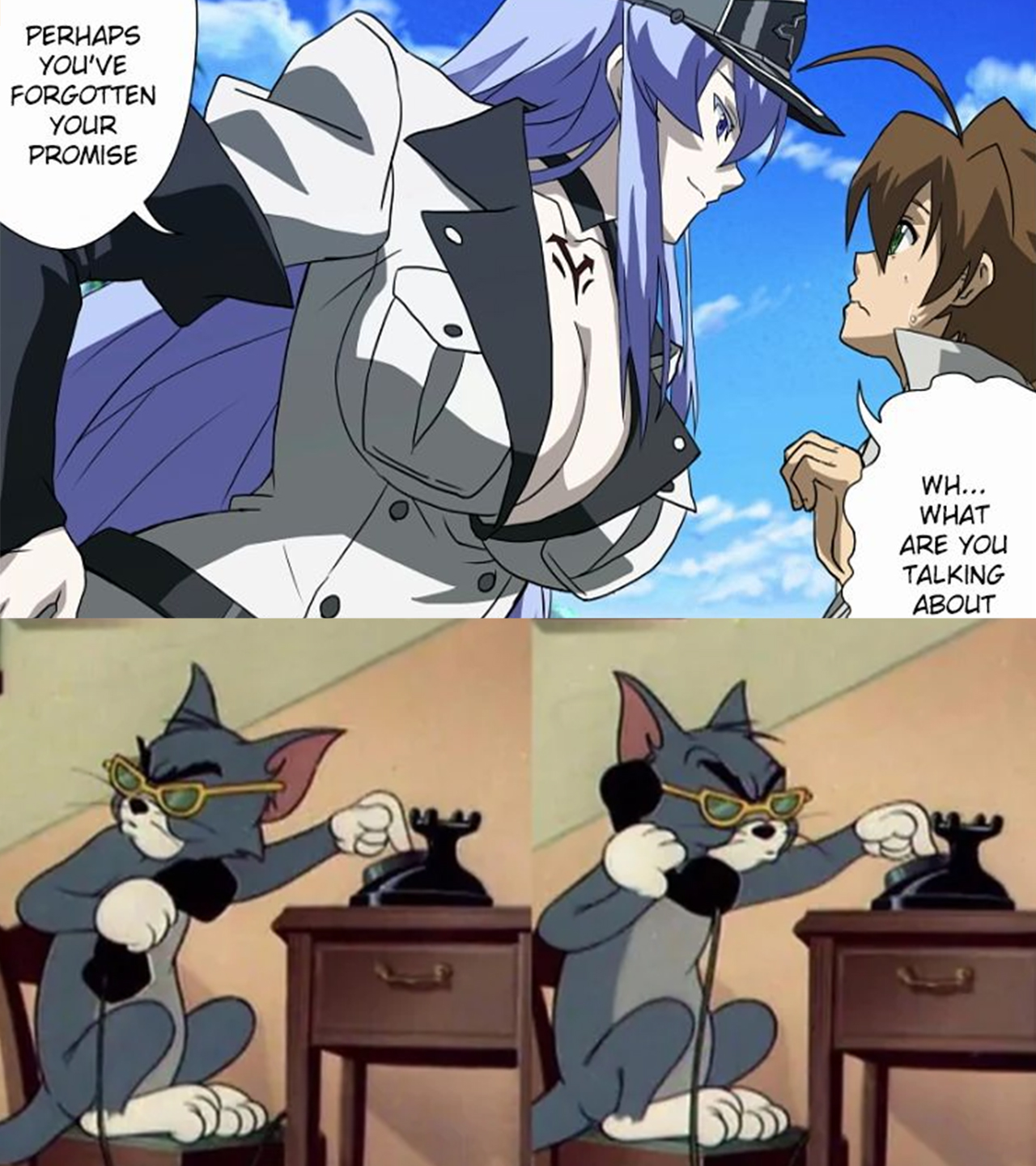Isekai is typically viewed as a genre abundant in escapist fantasies, where characters are transported to fantastical worlds and often endowed with amazing abilities.
These tales generally feature protagonists who find their new lives significantly more exciting and rewarding than their former ones.
However, there are isekai stories that stray from this trend, offering much darker and more disturbing plots.
These grimmer isekai stories explore the eerie and unsettling sides of reincarnation, exploring the concept’s most extreme possibilities.
Instead of being reborn into mighty or glamorous forms, characters might end up as animals or even inanimate objects, or find themselves in worlds that are harsh and unforgiving.
These scenarios expose the potential hazards of a second life, showing that it can be filled with unexpected trials and severe hardships.
In these bleak takes on isekai, the new worlds are often hostile and treacherous, making mere survival a formidable task.
The characters’ struggles in these environments reveal that reincarnation can sometimes be more of a curse than a blessing.
These stories serve as a powerful reminder that a new beginning can lead to situations far worse than the original, challenging the common perception of isekai as purely a genre of delightful escapism and wish fulfillment.
1) Re:Zero − Starting Life in Another World
In Re:Zero, Subaru Natsuki stands out as the protagonist with a unique ability—he can rewind time whenever he dies.
This gives him a significant advantage in the fantasy world he finds himself in initially, allowing him to correct mistakes and avoid danger.
Subaru experience death each time he wants to reset time, making his ability both powerful and burdensome.
What sets Subaru apart from other isekai heroes is the profound loneliness and anguish he experiences. While he retains memories of events leading up to his deaths, those around him do not.
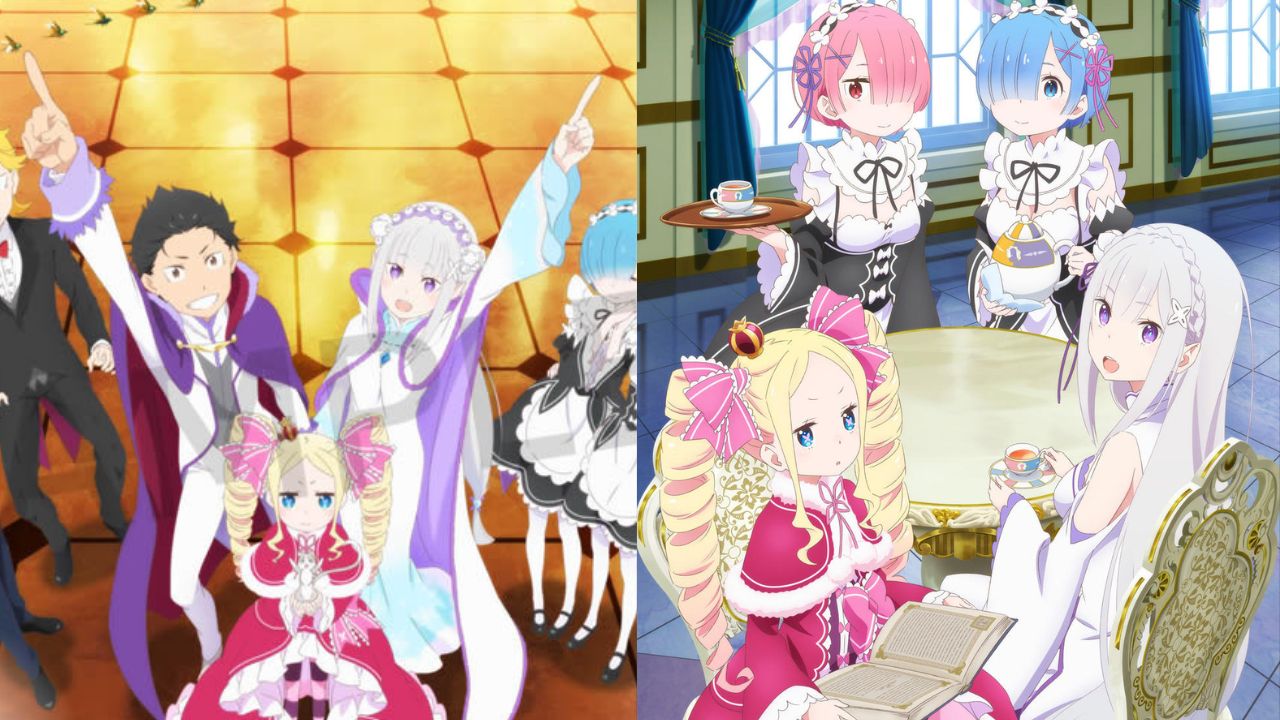
This isolation creates a contrast between Subaru’s inner world and the obliviousness of others, adding a layer of emotional complexity to his journey.
Despite his ability to rewind time, Subaru’s path is far from guaranteed or easy. The story explores the limits of his power and the toll it takes on him mentally and emotionally.
Each reset brings its own challenges and uncertainties, forcing Subaru to confront not only external threats but also his own vulnerabilities and doubts.
His journey in Re:Zero is a tribute to resilience in the face of profound personal struggle and the relentless pursuit of a better outcome in an unforgiving world.
2) The Rising of The Shield Hero
The Rising of the Shield Hero initially seems like a usual fantasy isekai but with a twist: its protagonist starts as an underdog rather than being powerful from the start.
Naofumi, equipped with the weakest weapon among the summoned heroes, faces significant challenges in combat due to his lack of offensive abilities.
This sets him apart from others who wield more conventional and formidable tools. Naofumi’s difficulties is his swift rejection by society following a misunderstanding with a former ally turned adversary.
This misunderstanding casts him in a negative light and complicates his efforts to figure out the unfamiliar world he now inhabits.
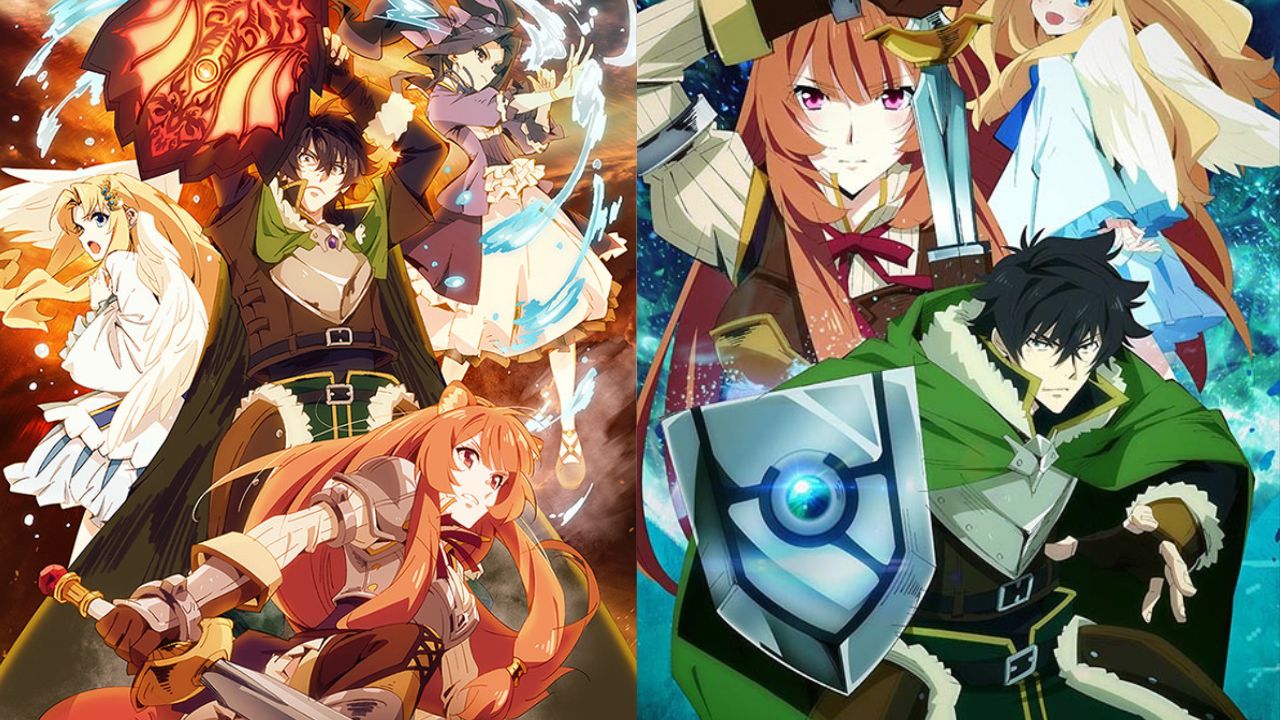
Despite his struggles, he attempts to find acceptance by forming alliances with fellow outcasts, though these connections do little to immediately improve his tough circumstances.
By diverging from typical isekai tropes, The Rising of the Shield Hero establishes a darker and more intricate storyline.
It explores themes of adversity and betrayal, presenting Naofumi with harsh realities beyond the usual themes of heroism and victory.
This approach distinguishes the series by delving into the less optimistic aspects of its fantastical world, offering a fresh perspective on established genre conventions.
3) Reincarnating as a Spider
So I’m a Spider, So What? presents a seemingly relaxed and quirky protagonist in Kumoko. However, beneath her cheerful demeanor lies a harsh reality.
Unlike her classmates who reincarnated into noble or heroic roles, Kumoko is reborn as a lowly spider. This contrast adds to her struggles, compounded by the fact that she was largely unnoticed in her previous life.
As a spider, Kumoko faces numerous threats that constantly endanger her life. From other monsters and humans to fellow spiders, her small size makes her vulnerable to a wide range of dangers.
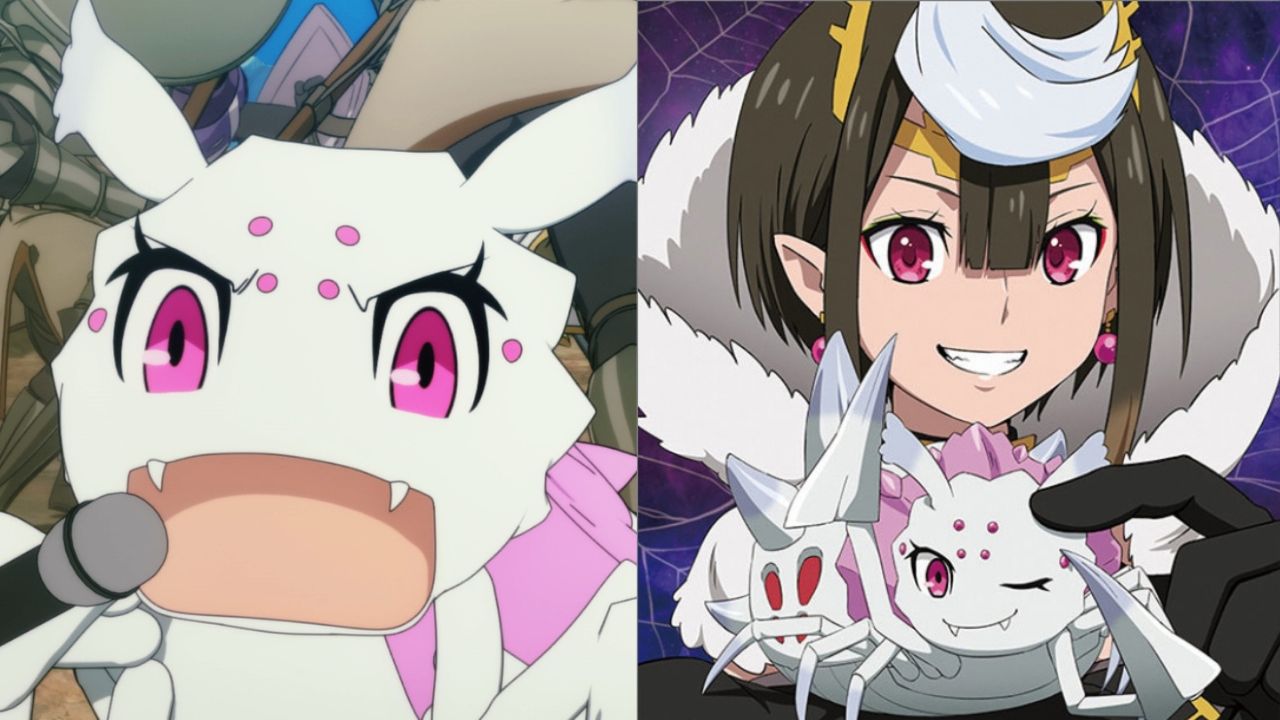
Although she can level up and acquire new abilities akin to a video game character, these enhancements only provide limited protection against the relentless challenges she encounters.
Being reincarnated as a small and defenseless spider is far from an ideal second life. Kumoko’s journey is fraught with peril and uncertainty, where survival hinges on her wit and resourcefulness in trying to figure out a hostile world.
Her story challenges the notion of a glamorous reincarnation, offering a poignant exploration of resilience and adaptation in the face of overwhelming adversity.
4) Grimgar of Fantasy and Ash
Grimgar of Fantasy and Ash tells the story of a group transported to another world, but with a twist: most of them have lost their memories of their previous lives.
Unlike typical isekai, they don’t lead luxurious lives but are instead thrust into roles as soldiers in the local army. Survival in this harsh new world becomes paramount, and only those who adapt the quickest manage to endure.
The series distinguishes itself with its “grimdark” tone, far removed from the usual power fantasies of isekai.
Death is a constant presence, and characters mourn the loss of their comrades, heightening the stakes beyond mere adventure.
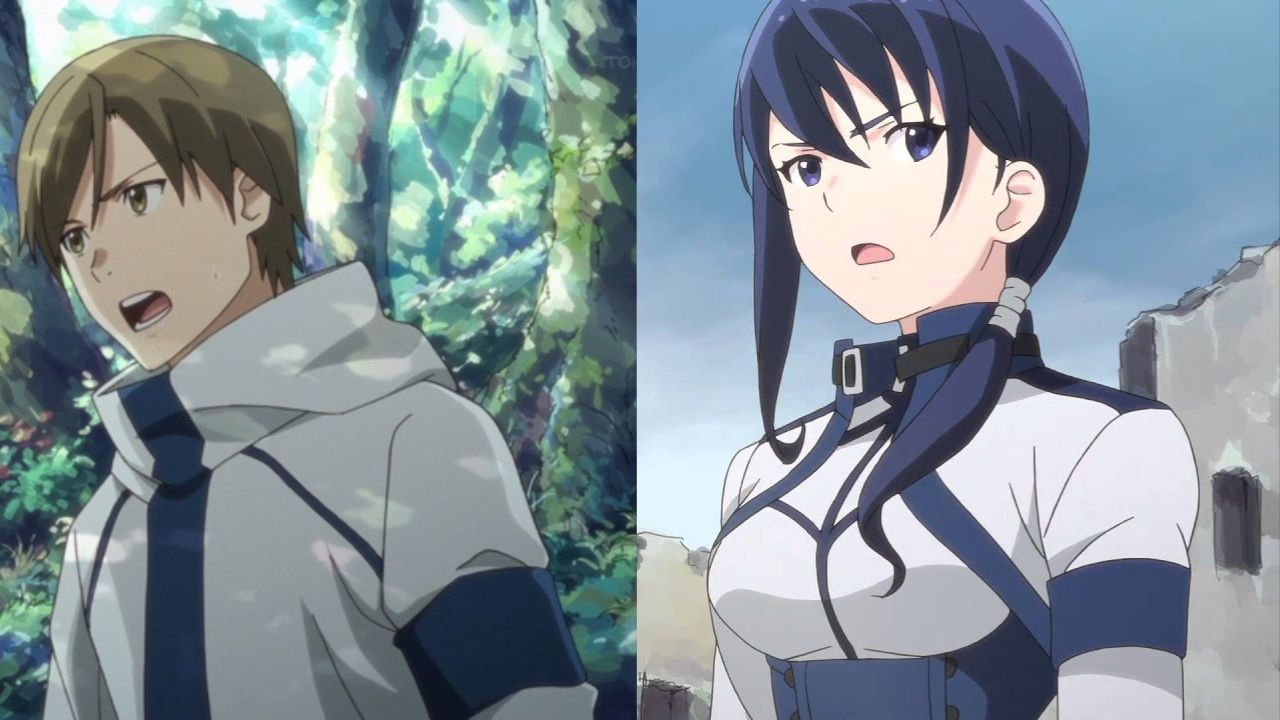
Every engagement with danger risks lives, turning what might seem like fun and excitement into deadly struggles for survival.
Grimgar’s plot is marked by its realism and emotional depth, focusing on the harsh realities faced by its characters.
It portrays a world where every action carries weight, and the consequences of their choices are dire.
This gritty portrayal challenges traditional isekai tropes, offering a compelling exploration of sacrifice, resilience, and the true cost of survival in an unfamiliar and unforgiving world.
5) Log Horizon
Log Horizon takes a classic isekai premise where characters find themselves trapped in their favorite video game world, similar to Sword Art Online and Overlord.
However, unlike those series where the main characters are often overpowered, Log Horizon presents a different challenge. The protagonists grapple with the harsh realities of their new existence.
The main character, Shiroe, initially hesitates to form alliances but is compelled to do so when faced with a crisis early in the series.
This sets the stage for ongoing conflicts with rival guilds and criminal factions within the game world.
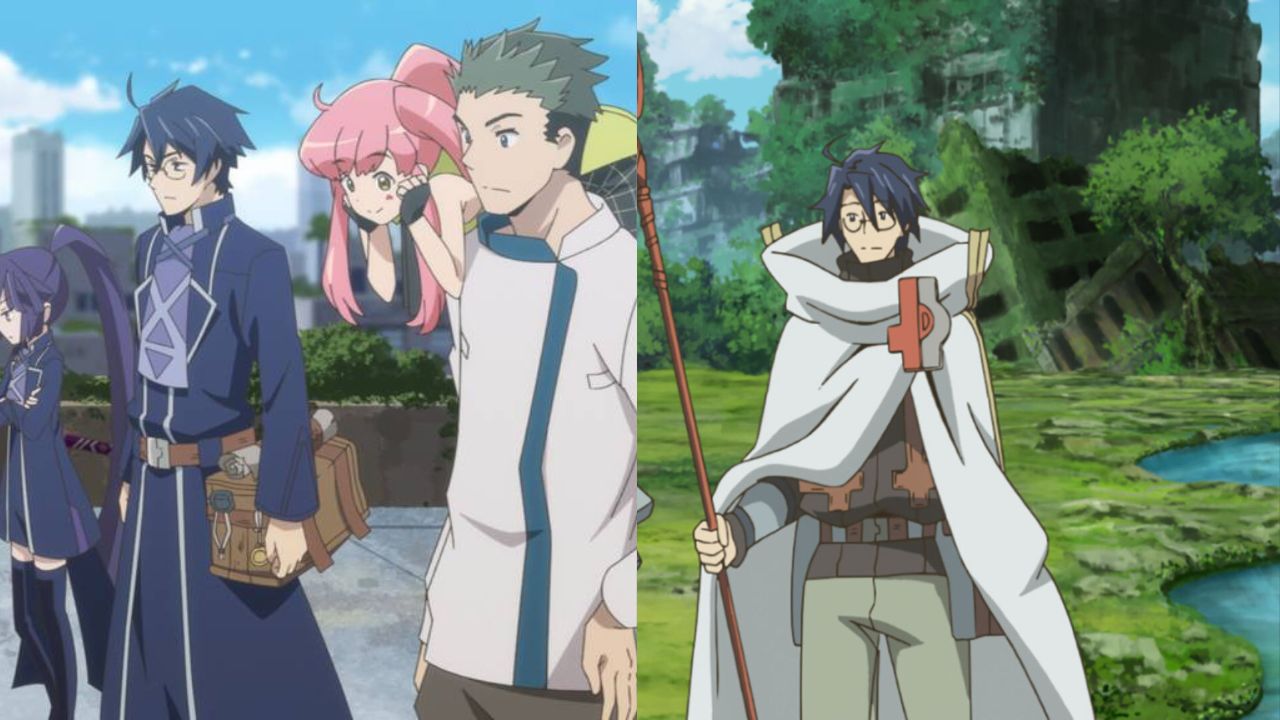
Despite their previous familiarity with the game mechanics, life in this virtual world proves to be far more complex and perilous than they anticipated.
While Log Horizon incorporates familiar anime and isekai elements, such as comedic characters like Naotsugu, it balances these with the harshness of their new reality.
The series portrays the characters’ struggle to adapt and survive in a world that now dictates their every move, blurring the lines between virtual and actual existence.
This unique approach distinguishes Log Horizon as a plot that explores both the joys and challenges of living within a video game world turned real.
6) Uncle From Another World
Uncle from Another World offers a refreshing and somewhat melancholic twist on the isekai genre. Unlike most stories where protagonists remain in their newfound worlds, this series sees the main character return to his original world after a long absence due to being in a coma.
This return brings with it a reality check as he discovers that life has moved on without him, including changes in technology and culture that he struggles to reconcile with his memories.
The series explores the aftermath of isekai adventures, highlighting the challenges of reintegrating into a society that has evolved in one’s absence.
The protagonist’s journey involves not only personal adjustment but also reconnecting with family members who have grown and changed during his absence.
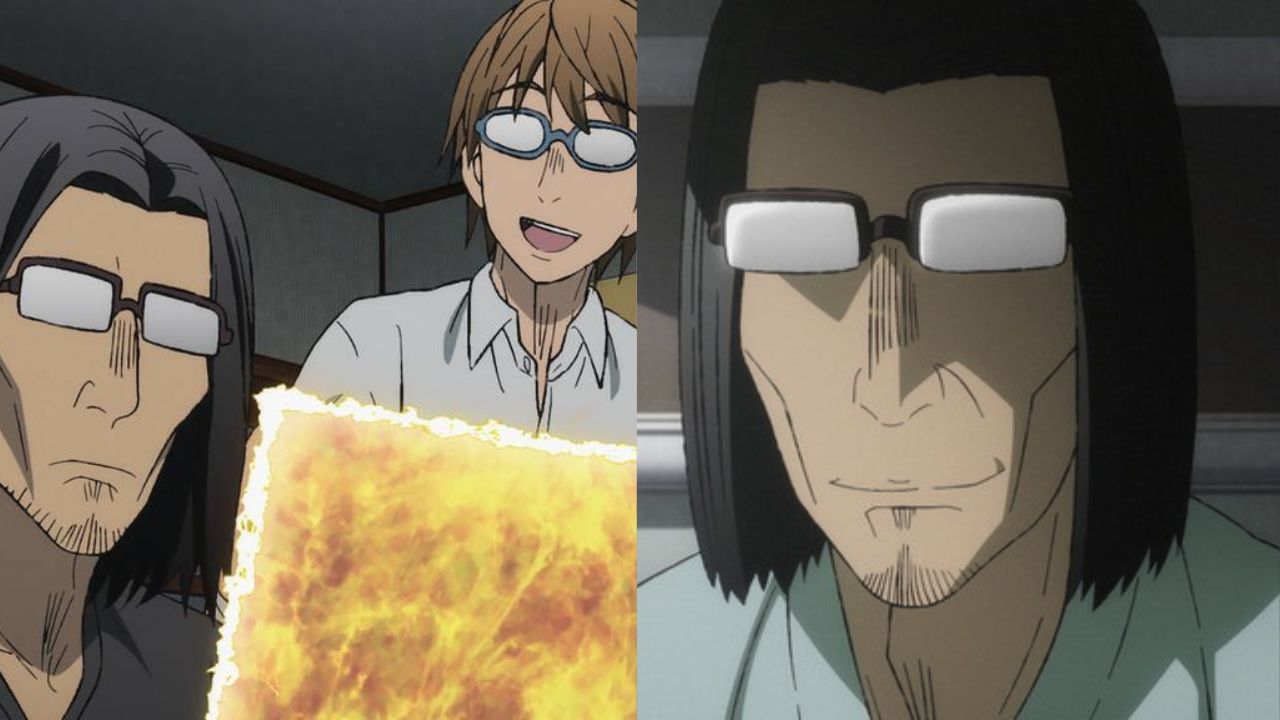
The role of his nephew as a guide adds complexity to their relationship, as they figure out the dual roles of family ties and mentorship in this new dynamic.
Despite the poignant exploration of lost time and changed circumstances, Uncle from Another World also portrays moments of warmth and familial bonding amidst adversity.
The story reflects on themes of resilience, adaptation, and the enduring strength of familial connections even in less-than-ideal situations.
7) Now and Then, Here and There
Now and Then, Here and There stands out in the isekai genre by presenting a grim and dystopian world. The protagonist, Shu, finds himself transported to a bleak reality where boys are conscripted as child soldiers,
facing short and brutal lives. Meanwhile, girls are subjected to the fate of being forcibly impregnated to serve as breeders.
This contrasts sharply with the typical isekai plot where protagonists often find themselves in fantastical worlds with opportunities for heroism and triumph.
The series paints a harrowing picture of despair and suffering, especially highlighting the plight of characters like Sara Ringwalt, an American girl who endures the traumatic ordeal of bearing her assailant’s child.
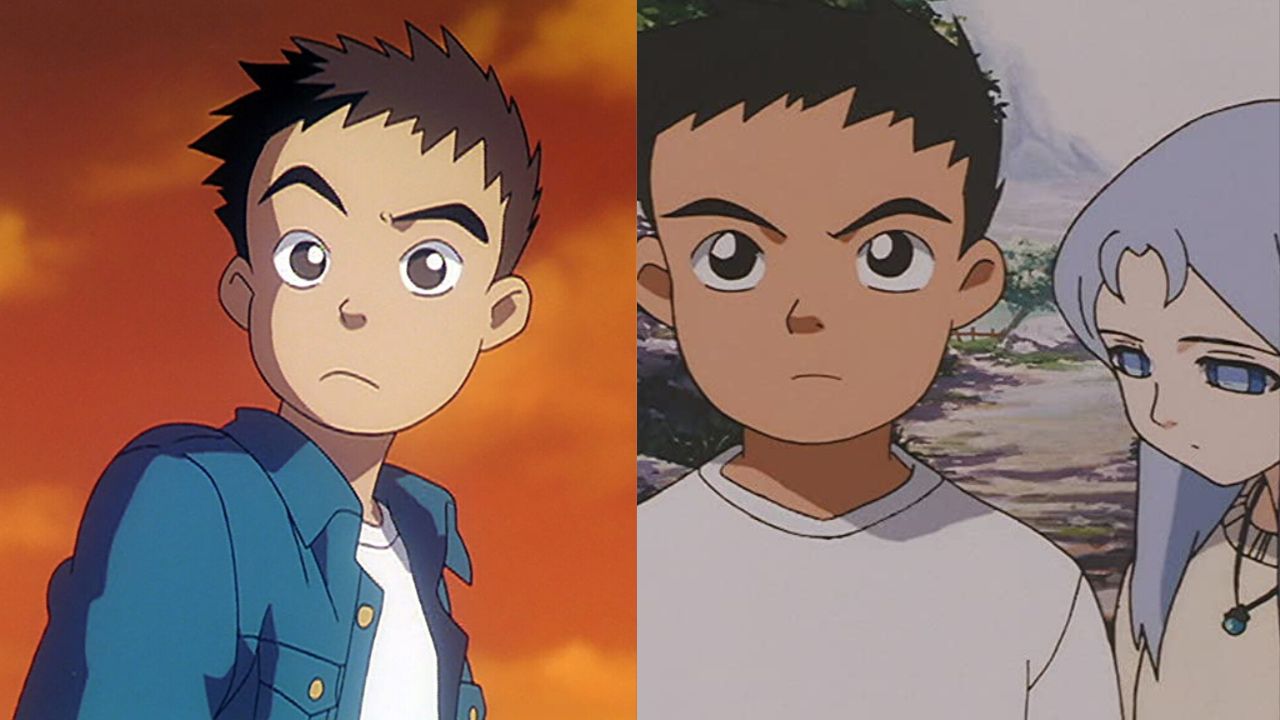
Rather than offering a sense of hope or escapism, Now and Then, Here and There delves deep into themes of exploitation, violence, and the darkest aspects of human nature.
It portrays a reality that feels more like a reflection of humanity’s worst atrocities than a conventional tale of adventure or reincarnation.
Through its unflinching portrayal of oppression and brutality, the series challenges viewers with its unsettling story.
It pulls no punches in depicting the harsh realities faced by its characters, creating an experience that is raw, thought-provoking, and far removed from the typical light-hearted or heroic tone often found in modern isekai anime.
8) Reborn as a Vending Machine, I Now Wander the Dungeon
Reborn as a Vending Machine, I Now Wander the Dungeon stands out as a prime example of the absurdity within the isekai genre.
It takes a bizarre premise to new heights by featuring a protagonist named Boxxo, who, after a fatal accident involving a vending machine, finds himself reincarnated as one.
This twist not only adds a comedic edge but also explores the concept of being reborn into an unexpected and mundane form.
Despite his previous enthusiasm for vending machines, Boxxo’s new existence is far from ideal. He is transformed into a stationary vending machine with limited capabilities able to dispense items and communicate only through pre-recorded vending messages.
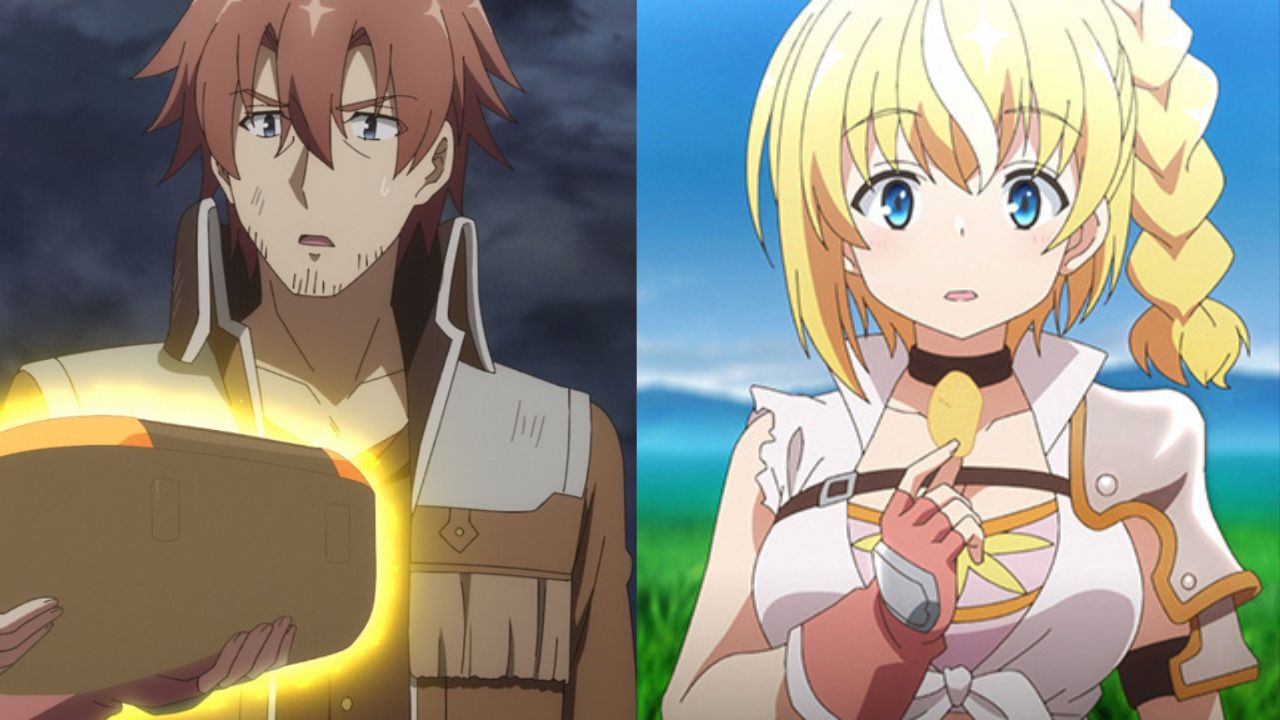
AXsiZ)
This renders him utterly reliant on others for movement and purpose, highlighting the comedic and ironic aspects of his predicament.
The series uses this unusual setup to explore themes of adaptation and self-discovery in a fantastical dungeon setting.
Boxxo’s journey is a blend of humor and introspection as he figures out his newfound life and forms an unlikely partnership with a young traveler.
Through this unlikely duo, the story presents a quirky take on identity and companionship in the most unconventional of circumstances.
9) Butareba
Butareba: The Story of a Man Turned into a Pig dives into one of the bleakest scenarios within the isekai genre.
The protagonist’s transformation begins innocuously enough after a meal of pork liver makes him ill and leads to his reincarnation as a pig.
What could have been a lighthearted twist turns grim when he faces the fate of being slaughtered in his pig form, repeatedly returning to this cycle after each death.
This dark concept explores the harsh reality of a continuous and often brutal reincarnation loop. Despite surviving each rebirth, the protagonist finds himself trapped in a cycle where brief moments of relief are swiftly followed by the trauma of death and rebirth.
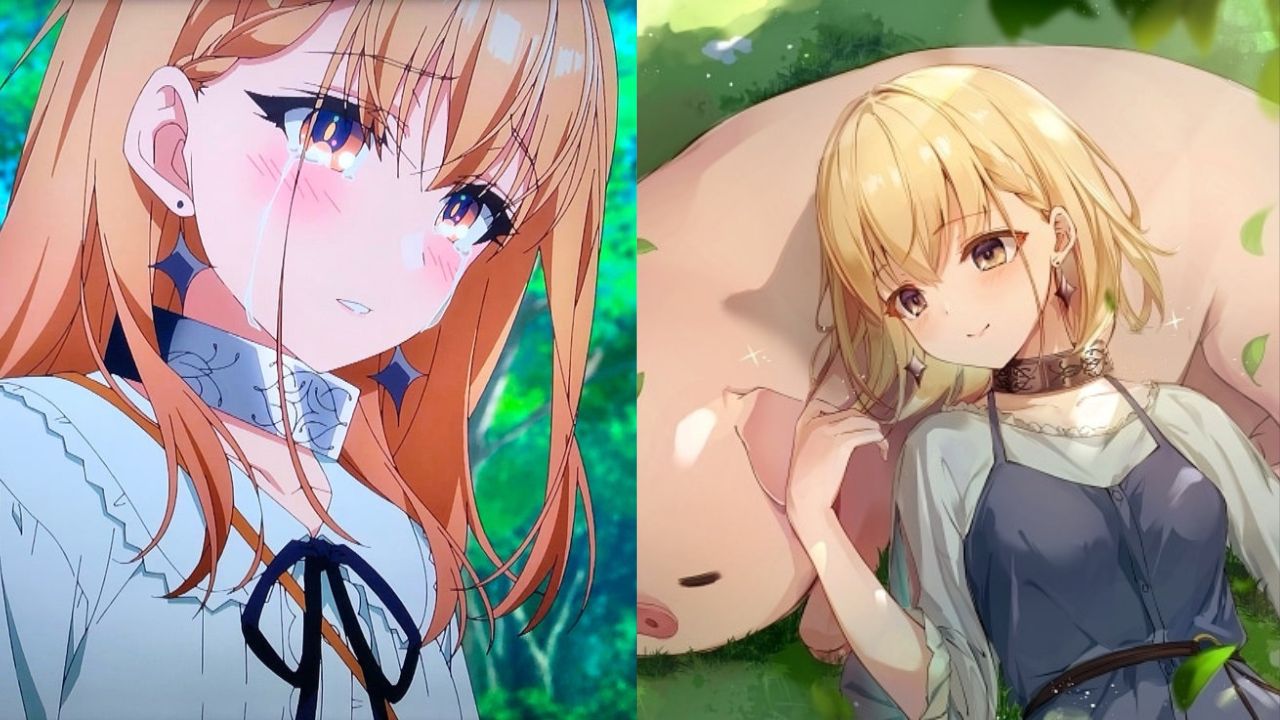
The story explores themes of suffering and fate, highlighting the grim consequences of his initial dietary mishap.
The series challenges typical isekai tropes by presenting a plot where even the cute appearance of the protagonist’s pig form contrasts sharply with the grim fate he continually faces.
It reflects on the weight of choices and the relentless nature of destiny, offering a sobering exploration of existence and mortality within its fantastical setting.
10) Dunbine
Aura Battler Dunbine stands out as a unique blend of mecha and isekai, transporting its characters to the medieval world of Byston Well where mechs resemble giant suits of armor with insect-like designs.
This departure from typical mecha and isekai aesthetics creates a distinctive plot setting. However, what adds an unsettling twist to the story is when the characters temporarily return to their own world.
They face disbelief and rejection from authorities and their own families, who view their tales of adventure in Byston Well as signs of insanity.
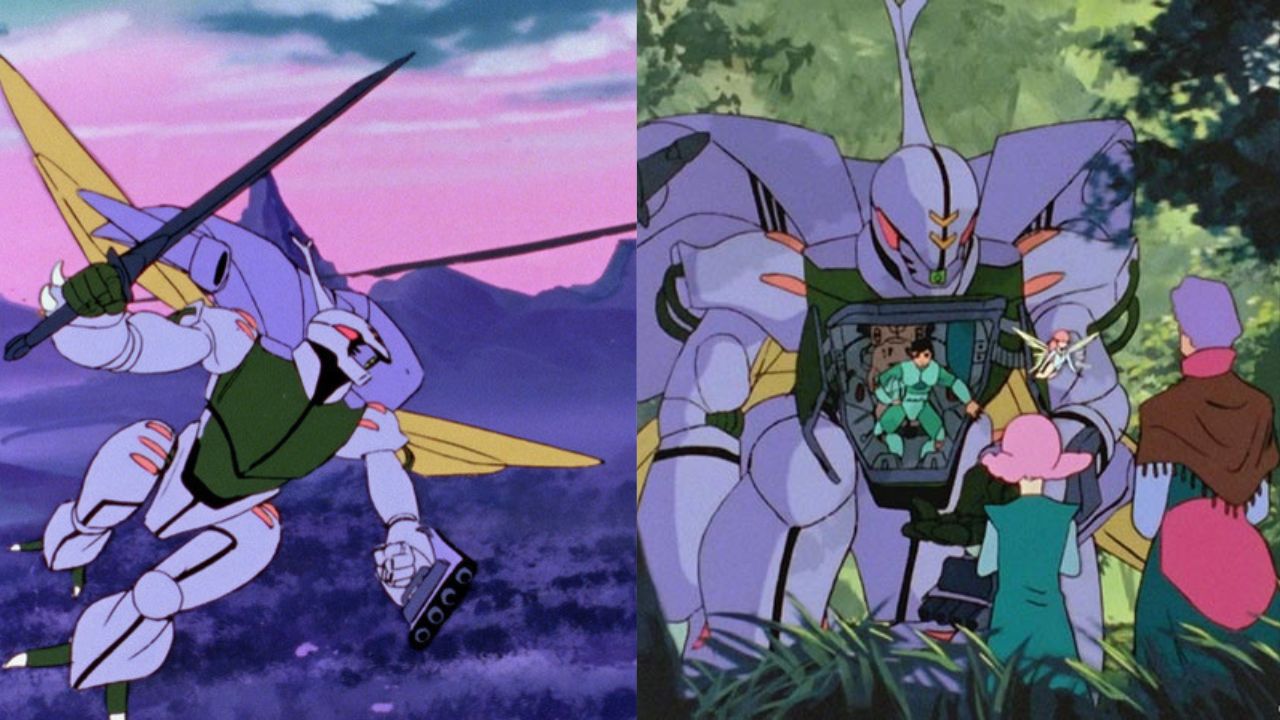
This disheartening reception contrasts sharply with the escapism usually associated with isekai, creating a poignant and challenging aspect of the plot.
The series’ return to the real world also sets the stage for the controversial spinoff, Garzey’s Wing, which garnered criticism and disappointment from fans.
This spinoff’s reception underscores the complex reception to Aura Battler Dunbine’s plot choices, particularly in how it handles the intersection of two vastly different worlds and their consequences on the character’s lives.

